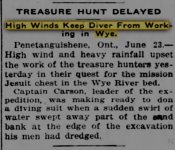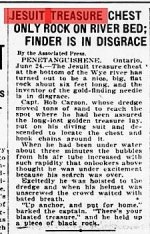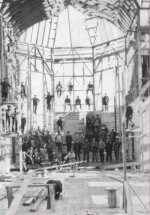from Evening public ledger. (Philadelphia [Pa.]), 23 June 1922

Evening public ledger. (Philadelphia [Pa.]) 1914-1942, June 23, 1922, Night Extra, Page 4, Image 4 « Chronicling America « Library of Congress

Evening public ledger. (Philadelphia [Pa.]) 1914-1942, June 23, 1922, Night Extra, Page 4, Image 4 « Chronicling America « Library of Congress
Amazon Forum Fav 👍
Last edited:






